
Acme Car Company builds 911 powered 550 Spyder
Text and photos by Steve Temple
Taking some liberties with historical accuracy is hardly uncommon in the replica world. After all, if the original can be improved upon, while avoiding “throwing out the baby with the bathwater,” then why not revise history a bit? The key is to capture the flavor of the authentic item, but spice it up a bit—or a lot.
That’s exactly what Acme did by powering a 550 replica from Thunder Ranch with a 215hp, 2.4L from a ’71 Porsche 911. This Spyder has way more beans than you’d normally see in a car that weighs a mere 1500 pounds. Typically 550 replicas employ the tried-and-true VW Type 1, delivering 50 or so horses in stock trim (though most are breathed on to produce higher levels of output).
That’s right in keeping with the origins of the car, because the first Type 550s built back in the Fifties used the Volkswagen-based Super 1500 opposed four-cylinder engine that produced 70 hp in street trim. Even though the Type 528 1500 S engine wasn’t much of a threat to the Jaguars, Ferraris or Maseratis, the original prototype, Type 550-01, won its first race on the famed Nurburgring, and then it, along with the second example, Type 550-02, scored a First and Second finish in its class in the grueling 24 hours at LeMans. And those same two cars went on to triumph in the Carrera Panamericana, the fabled Mexican Road Race (hence the use of the Carrera name to this day, since this era represents the cornerstone of Porsche’s storied racing successes).
Even so, Porsche engineers went one-better with a sophisticated (and complicated) 4-Cam engine built by Dr. Ernst Fuhrmann, which eventually churned out as much a 135hp at 7200 rpm. Less well-funded privateers ran the Porsche 356’s 1.7L, 110hp pushrod engine. So no two original 550 Spyders were exactly alike.
All the more reason, then, to experiment with a hotter mill in a repro, since that was done on the original as well. Over the years Porsche engineers refined both the body and the mechanics of this model, culminating in the all-new 550 in 1955.
All of which leads us to the 550A-6 option previously offered by Thunder Ranch (soon to be offered by its successor company, Rock West Racing). It uses the 550A wide body with motor mounts for a 911 six-cylinder engine, and a transaxle from either a 911 or 914. Chassis modifications include a four-link DeDion rear suspension, Panhard bar, Aldan coilover shock absorbers and a modified 914-6 header exhaust system.
On this particular build, the donor parts came from a Porsche 911 (model E), which included the engine, transmission, rear bearing carriers, rear axles, CV joints and rear brakes. The engine was completely rebuilt to newer specs by Translog of York, PA, which also handled the trannie, with the ring and pinion flipped for a mid-engine application, using a 914 shift system.
To add further stability to the DeDion suspension, and compensate for the torquier engine, Acme installed reinforcements behind the rear bulkhead. Also, additional frame tubes run parallel to the frame rails in the rocker panels to join the front and rear hoops together and provide more cockpit protection.
At the front is a VW Type 1 suspension: torsion spring/ trailing arm suspension, ball joint style, with the torsion tubes welded into frame. The tire and wheel fitment is in a staggered setup, with 205/55ZR16s up front, and 225/55 ZR16.
Other mods done by Acme include dual 12v power outlets, and a custom-built heater that uses the hot engine oil circulated through an aluminum heat exchanger. Air is circulated by two 12v computer fans (is that high tech or what?).
As for aesthetics, the car’s cockpit is finished off with Mercedes leather seat upholstery, German square-weave carpeting, and custom door handles. The back of the cockpit has a slight intrusion from the engine area between the seats to accommodate the larger Porsche drivetrain. The exterior color is a PPG single-stage British Racing green based on a mid-‘80s Land Rover color code.
These sorts of upgrades are standard fare for the company. In business for 30 years, Acme is very experienced in a variety of builds and types of vehicles. This company and its subdivisions currently manufacture four models of Berrien Buggy dune-buggy bodies. Berrien manufactures three models of frames for street-driven, VW-based buggies/kit cars, and 11 models of off-road sandrail frames.
The firm’s other divisions include Acme Car Co., which sells parts for air cooled VWs and other components for the specialty car hobby, and provides build and repair services for kit cars and other specialty vehicles. Acme Composites manufactures a wide range of fiberglass products for industrial and automotive applications, and provides mold-making services, too.
All told, this 550 Spyder repro displays a number of newer influences, but all for the good. With the configuration of a classic racer and some contemporary touches, it makes the most of its performance potential. Which is pretty what Dr. Porsche probably had in mind to bring it forward.

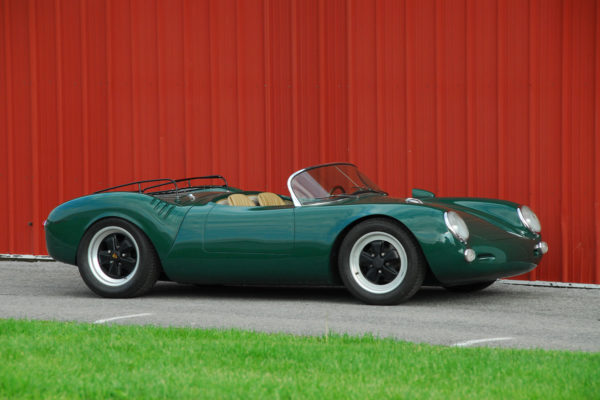




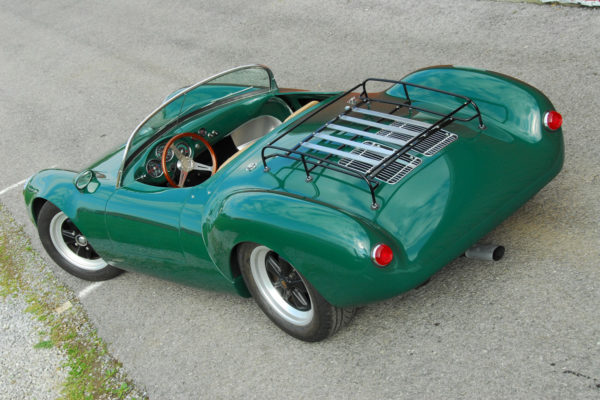
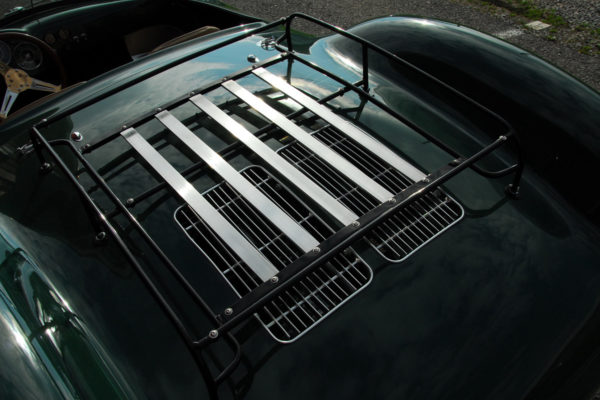

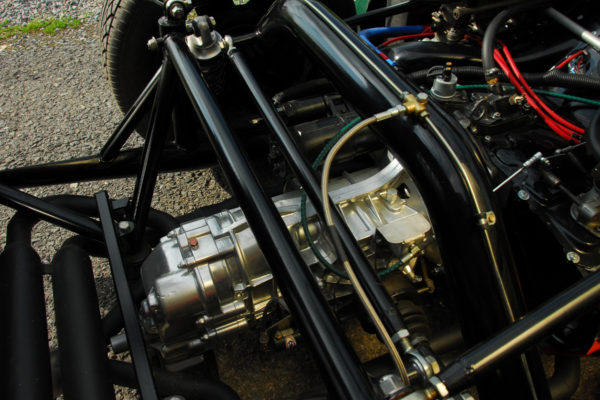

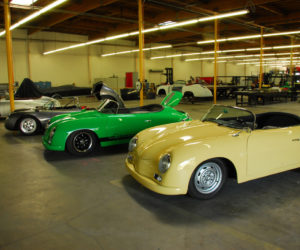


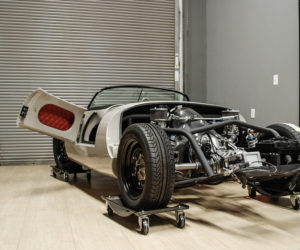
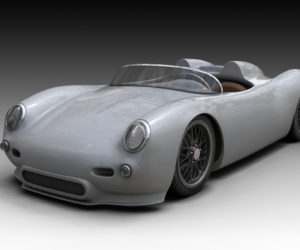





Comments for: BRING IT FORWARD
comments powered by Disqus